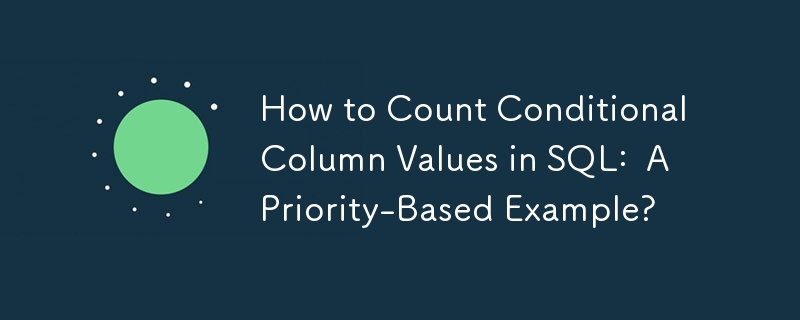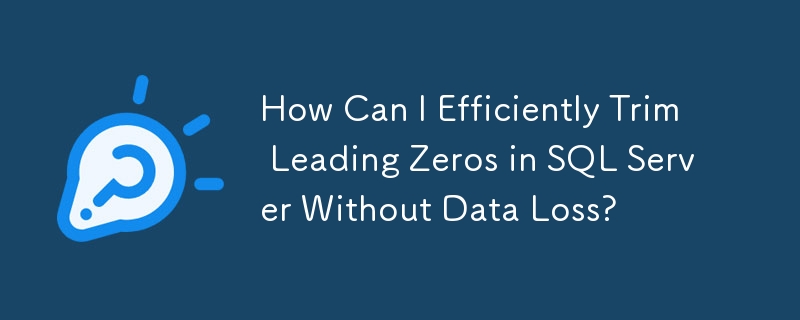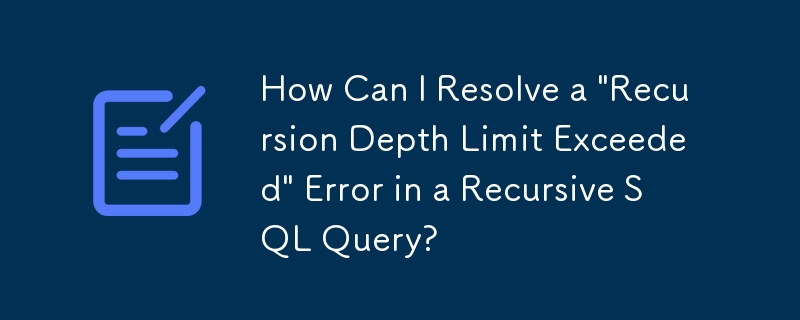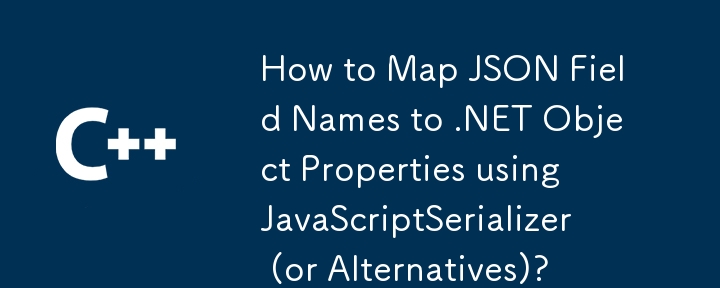Found a total of 10000 related content

Creating Flexible Layouts with Flexbox
Article Introduction:Flexbox: A CSS Layout Powerhouse
Flexbox, or the CSS Flexible Box Layout Module, simplifies one-dimensional layout—arranging items in a row or column. Applying display: flex (or display: inline-flex) to a container transforms its direct children int
2025-02-10
comment 0
918
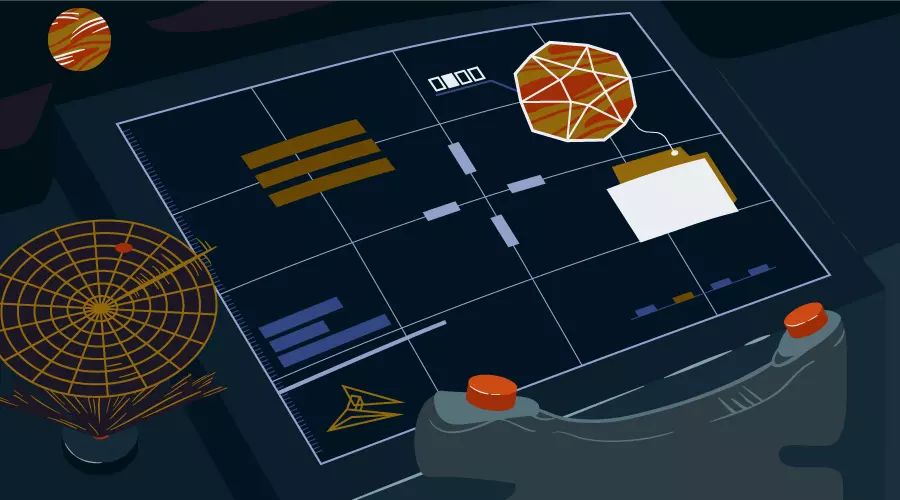
Seven Ways You Can Place Elements Using CSS Grid Layout
Article Introduction:Seven ways to layout web elements using CSS Grid
(This article was updated on March 23, 2017. Specific content: Browser support for CSS Grid layout)
This article will introduce seven ways to place elements in web pages using the Grid Layout module.
SitePoint has previously published "Introduction to CSS Grid Layout". Recently, I also wrote "The Current Situation of the Draft Work of CSS Grid Layout".
Here, the focus will be entirely on the specific way to layout elements on a web page using CSS Grid. Now, let's introduce them one by one.
Key Points
CSS Grid Layout allows for flexible use of multiple methods on web pages
2025-02-17
comment 0
650
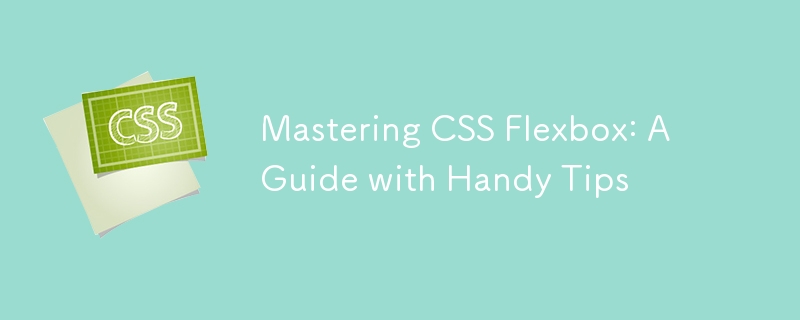
Mastering CSS Flexbox: A Guide with Handy Tips
Article Introduction:Flexbox, or flexible box layout, is a powerful CSS3 web page layout model that can create more flexible and efficient layouts. Mastering Flexbox is essential to improving your web design skills. This guide will comprehensively explain the use of Flexbox and provide practical tips to help you improve your web development level. Understanding Flexbox Flexbox is designed to provide a consistent layout across different screen sizes and devices. Compared to traditional layout techniques such as floats or inline blocks, Flexbox simplifies the process of aligning and allocating item space within containers, even when item sizes change dynamically or are unknown. Traditional methods are often cumbersome and require additional CSS for alignment and spacing. Key Flexbox properties
2025-01-14
comment 0
1053
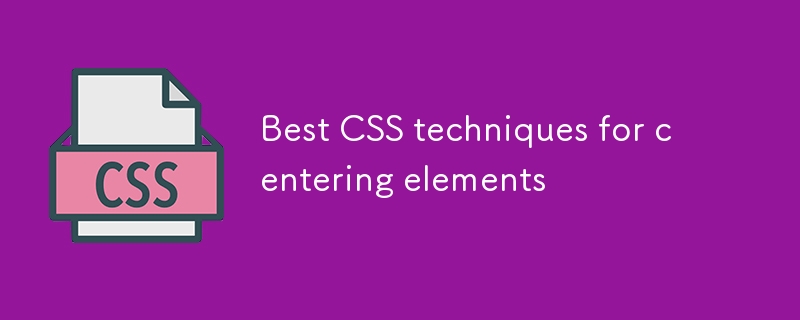
Best CSS techniques for centering elements
Article Introduction:To center the web page elements, you need to select the CSS method according to the scene. 1. Use text-align:center to center the text or inline content horizontally; 2. Use margin:0auto to center the fixed wide block-level elements horizontally; 3. Use horizontally and vertically centering Flexbox to achieve horizontal and vertical centering through display:flex, justify-content and align-items; 4. Use place-items:center to cleanly center the Grid layout. Different situations correspond to different solutions, and flexible application can accurately achieve the centering effect.
2025-07-08
comment 0
525

Wrapping Text Around Custom Shapes Using CSS shape-outside
Article Introduction:The shape-outside attribute of CSS allows web page text to be arranged around non-rectangular graphics. 1. The basic usage is to use shape functions such as circle(), ellipse(), inset() or polygon() in combination with float; 2. You can use the transparent channel of PNG pictures to define shape boundaries, and you need to use clip-path to ensure visual consistency; 3. Polygon() supports custom polygon coordinates to achieve flexible layout; 4. Notes include only the effect on float elements, browser compatibility and performance. Mastering these key points can achieve interesting mixed graphics and text effects.
2025-07-11
comment 0
136

When should you use the element?
Article Introduction:You should use elements when you need a clickable control to perform operations. 1. When triggering an operation, such as submitting a form, opening a modal box, switching menus, playing media, etc.; 2. For better accessibility, because screen readers and keyboard navigation are natively supported; 3. For submission or reset operations in the form, behavior can be controlled through type attributes; 4. When flexible style design is required, the appearance can be customized through CSS without affecting functionality and accessibility. Therefore, as long as the click is to perform an operation rather than navigation, elements should be used. This is a simple, accessible and reliable approach.
2025-07-28
comment 0
770

How do I use the class attribute to apply CSS styles to elements?
Article Introduction:To apply CSS styles using classes in HTML, first assign one or more class names to the element through the class attribute, and then define the styles of these classes in CSS. For example: You can use .highlight{background-color:yellow;} to achieve highlighting effect; if multiple classes are needed, you can write it as and define the .box and .warning styles respectively. Classes are suitable for multiplexing styles across elements, creating style variants, and building reusable components. They are more flexible and controllable than ID selectors (unique) and element selectors (specific tags only). When naming classes, they should be concise and clear, avoid being too general, and BEM and other specifications can be used to improve maintainability. Browser efficiently handles class reuse without worrying about sex
2025-06-22
comment 0
682
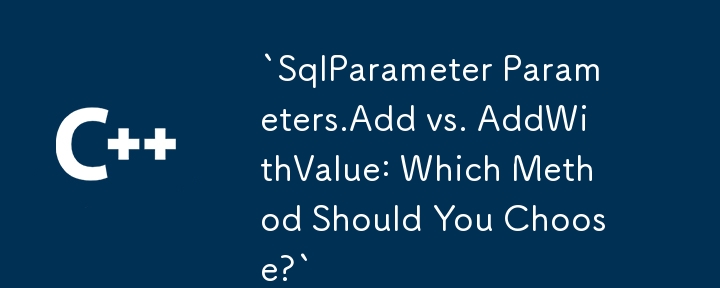

Dave The Diver: How To Catch Spider Crabs
Article Introduction:In Dave The Diver, there are some creatures that are not easy to catch. Or, catch alive that is. The spider crab is one of those very species, making it seem like the only way to bring these crustaceans back up to land is to viciously crack them up w
2025-01-10
comment 0
864
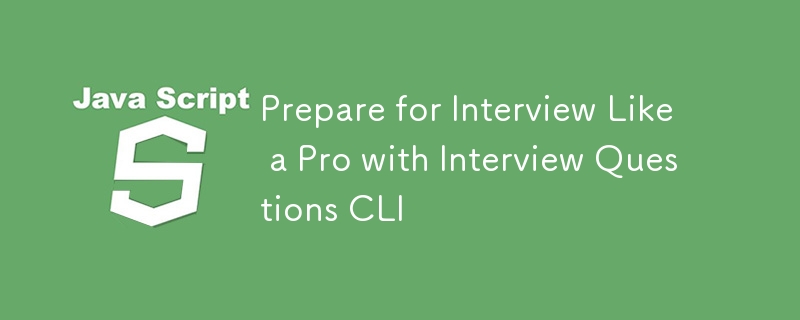
Prepare for Interview Like a Pro with Interview Questions CLI
Article Introduction:Prepare for Interview Like a Pro with Interview Questions CLI
What is the Interview Questions CLI?
The Interview Questions CLI is a command-line tool designed for JavaScript learners and developers who want to enhance their interview
2025-01-10
comment 0
1491
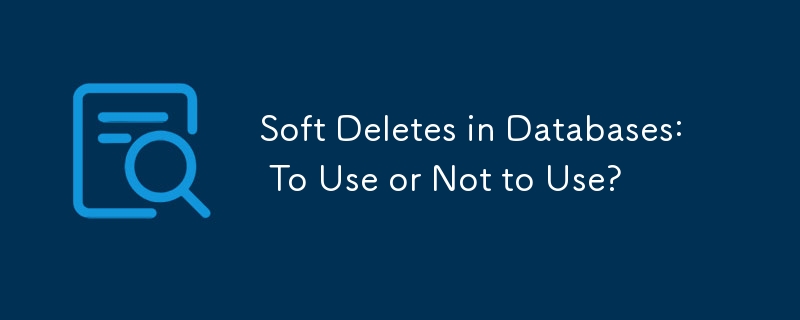
Soft Deletes in Databases: To Use or Not to Use?
Article Introduction:Soft Deletes: A Question of DesignThe topic of soft deletes, a mechanism that "flags" records as deleted instead of physically removing them, has...
2025-01-10
comment 0
1086









